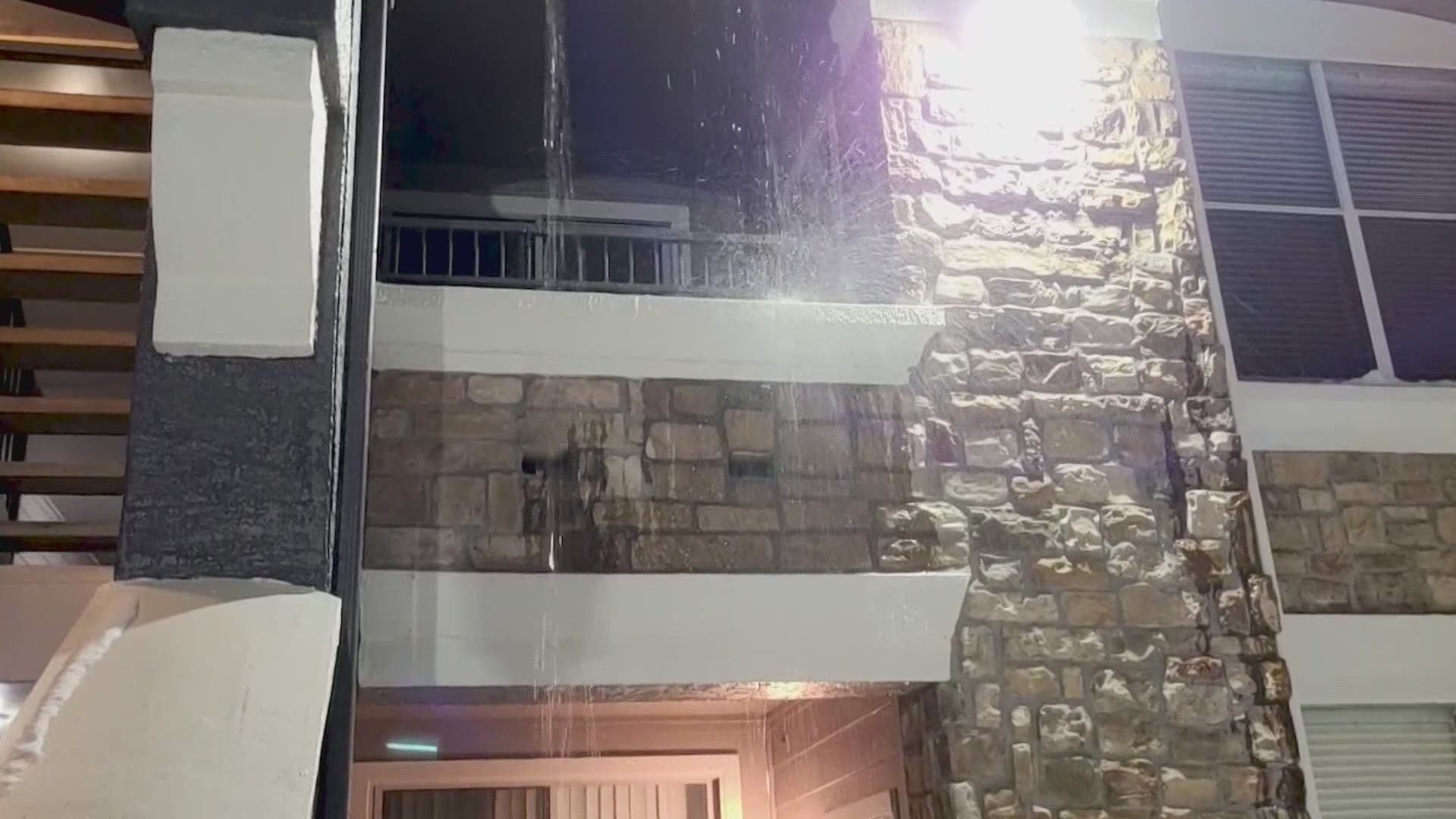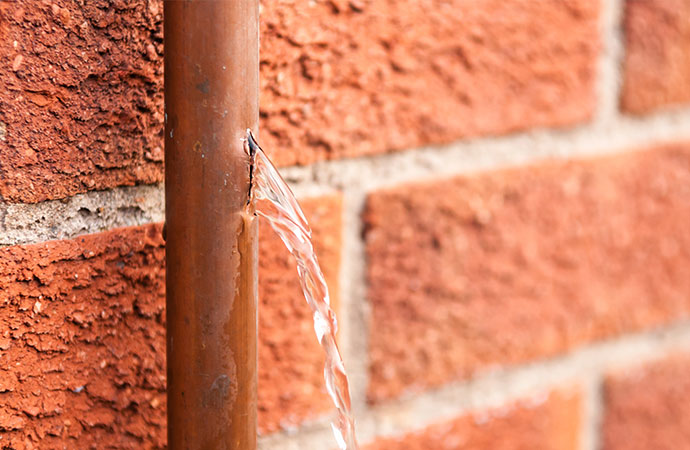How to Maintain Your Septic Tank: Everything You Should Know
How to Maintain Your Septic Tank: Everything You Should Know
Blog Article
We've noticed the article relating to The Do’s And Don’ts After Water Damage below on the net and believe it made good sense to discuss it with you here.

What should you do if a pipes bursts in your house? Do you desire a mini-waterfall as well as flooding in an area of your house? You need to act fast if you discover yourself in this circumstance. The longer you wait, the much more extreme the damage that can take place to your home. The presence of mind is type in these events. For these factors, you need to discover just how to act in the event of a ruptured water pipe. Look into the following ideas below to assist you act fast since time is important.
Turn off the Key Waterline Valve
Look for the local shut-off valve to transform off the water in one specific area only. If you don't understand where the localized shut-off valve is, go for the primary water line shutoff as well as turn it off. Normally, the major shutoff is found outside the house following to the water meter.
Call Water Damages Restoration Pros for Assistance
After closing the water resource, call the professionals for help. Because the pipelines needed to be repaired and there is a requirement to attend to the various other problems to your building, this situation is not something you can do some DIY. Seek help from a reliable company providing 24/7 emergency services if you can not cope. With their professional assistance, you can stop a lot bigger water damage including distorted baseboards, loose tiles, or damaged structures. Don't take this problem lightly and also look for specialist advice for your full satisfaction and also a qualified remedy.
Document the Damage For Insurance
While you're waiting for the pros to arrive, get some documents of the damages brought on by the wayward pipeline. Take photos as well as videos of whatever. Do close-up shots of the damaged spots and prized possessions. Your paperwork will function as evidence for your homeowner's insurance. Maintaining aggressive with this scenario assists you to file a claim for coverage, which will better sustain you as well as your household to get back on your feet.
Recover Points That Can Be Saved
As soon as you're done taking images, analyze the damaged things as well as take out one of the most crucial ones from the stack. Dry them off in a dry/warm location away from the broken area and also attempt to preserve them as high as you can. Drag as much wetness as you can to the material so it can start to dry out.
Beginning the Drying Process
You need to begin the drying out process asap. Luckily, the water from your waterlines is already tidy so you don't need to fret about sewer water. The streaming water may have disrupted the dust and also debris in your floorboards as well as carpets. In this situation, put some handwear covers on and start some troubleshooting. Use pails to dispose out the water. Remove as much water as you can from the surfaces with old towels. Activate an electric follower or open your home windows to promote air blood circulation. These steps will certainly hasten to completely dry and also discourage mold and mildew as well as mold development.
Specialists are the only individuals certified to assess correctly and repair the burs pipelines as well as succeeding damages. As constantly, pipelines do not simply suddenly burst out of heaven. They generally offer silent red flags like bubbling paint, water stains. Weird noises in the plumbing, caving ceiling, moldy odor, or peeling off wallpaper. Take note of these signs and also do some safety nets so you can nip any issues in the bud.
What should you do if a water pipe bursts in your home? For these reasons, you need to discover exactly how to act in the event of a burst water pipe. After shutting the water source, call the professionals for help. With their expert help, you can avoid much larger water damage consisting of deformed walls, loosened floor tiles, or harmed structures. Thankfully, the water from your waterlines is already clean so you don't have to worry about sewer water.
BROKEN WATER PIPES: COST TO REPLACE & WAYS TO FIX A PIPE
CAUSES OF A BROKEN WATER PIPE
A water pipe can break for several reasons depending on the environment you live in, type of pipe, and circumstances.
The most common cause of broken pipes is freezing. If you live in a colder climate, this could happen. When water freezes it increases in volume by 9% and the pressure in the pipes can go from 40 psi to 40,000 psi. Clearly, this could be detrimental to the pipes. Water freezing causes quick expansion, which puts stress on the pipes and could lead them to crack or weaken. When water thaws, it will leak out the cracks. Other changes in water pressure can also cause breakage. Another common cause of broken water pipes is age.
Depending on the material, water pipes can last anywhere from 70-100 years. But the older they get, the more susceptible they are to weakening and corroding. Older pipes coming into contact with another material could speed up the corrosion process as well. PVC pipes can become brittle with age, while copper is prone to corrosion and stress over time. Something that could also potentially break water pipes is when they move. They may move from construction or the house settling. Moving can stress the fixed pipe which may lead to a leak or burst pipe.
HOW MUCH WATER COULD LEAK INTO YOUR HOUSE FROM A BROKEN PIPE?
The amount of water that leaks depend on how big the break in a pipe is. If it is just a minor crack, water will slowly leak out. This isn’t as serious as a full broken pipe, but it can still cause significant damage to your home. Burst pipes can leak up to 10 gallons of water per minute. The amount of water leaked also depends on what appliance is involved. The water line to your refrigerator can leak ½ to 1 gallon per minute depending on water pressure. One toilet supply line may leak 2-3 gallons a minute and a washing machine hose will leak up to 10-12 gallons per minute.
TURN THE WATER OFF
Doing this first is imperative; everything else can wait. You need to deactivate the water supply to stop the flow of water and prevent more water from leaking into your home. Shutting off the water could potentially save you thousands in water damage repairs. Locating the water shutoff valve depends on the climate you live in. For colder climates, the valves are usually inside, such as in the basement. For houses in milder weather, the shutoff valves will probably be outside—either attached to an exterior wall or in an underground box with a removable lid.
OPEN A FAUCET
The next thing to do is to open a faucet or turn on a sink. This will relieve any remaining water pressure in the pipes and ensure a full-shut down.
GET RID OF THE WATER
The quicker you get rid of the water, the less water damage and mold there could be. Use a mop and a shop vacuum to help get clean up the water. Use towels to dry everything the best you can.
CUT AND REMOVE THE DAMAGED PIPE
Once you have shut off the water and drained the damaged water pipe, you can begin to fix the issue. Cut out the damaged section of the pipe with a pipe cutter, ensuring that you also cut one inch extra on each side of the damage. Once you get rid of the broken part of the pipe, you may begin repairs.
https://www.wmhendersoninc.com/blog/broken-water-pipes-cost-to-replace-ways-to-fix-a-pipe/

As a devoted reader on The Do’s And Don’ts When Water Floods Your Home, I imagined sharing that post was sensible. Loved our blog? Please share it. Help someone else find it. Thanks for your time. Please come visit our website back soon.
Report this page